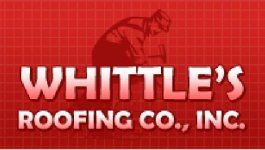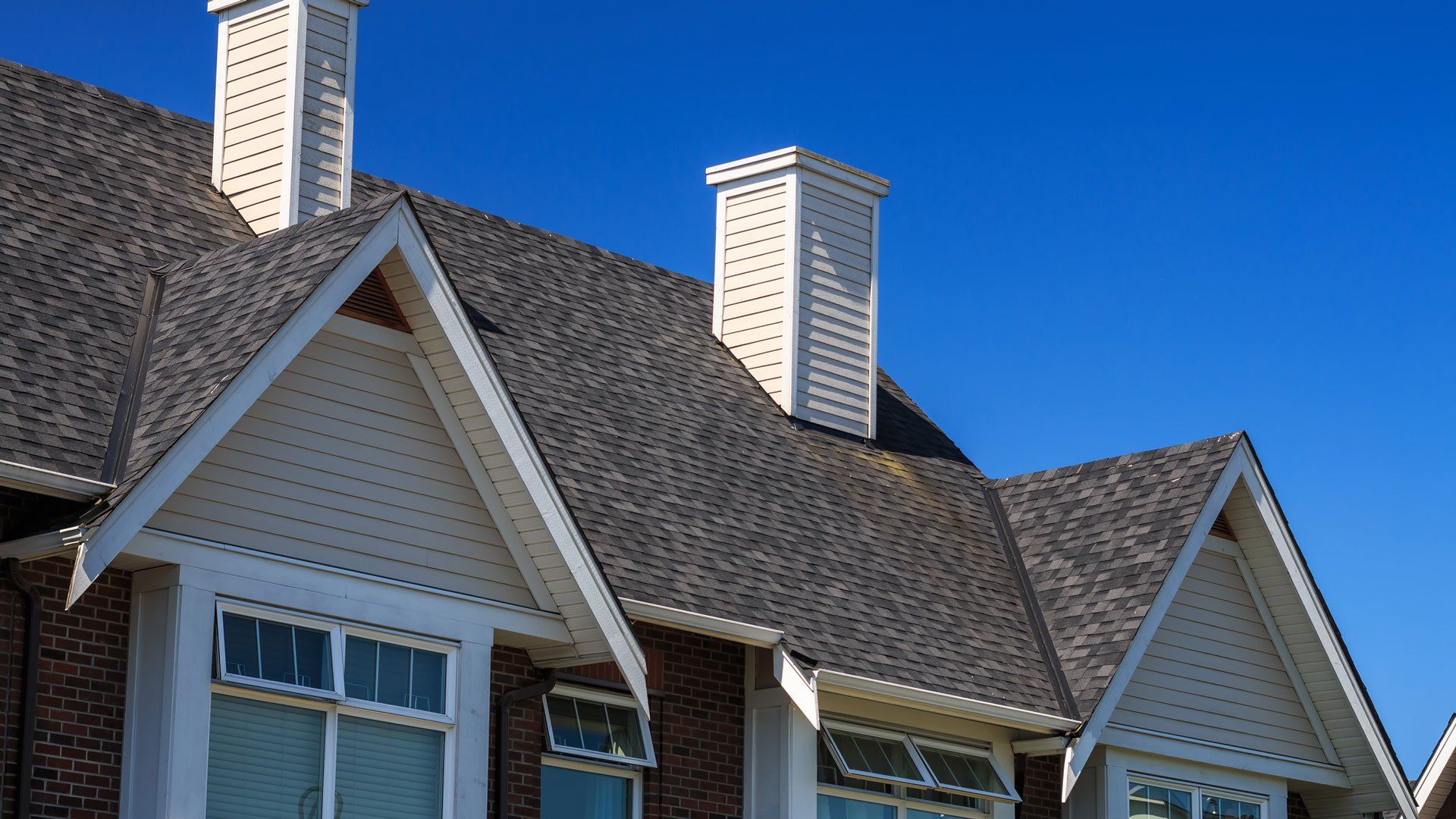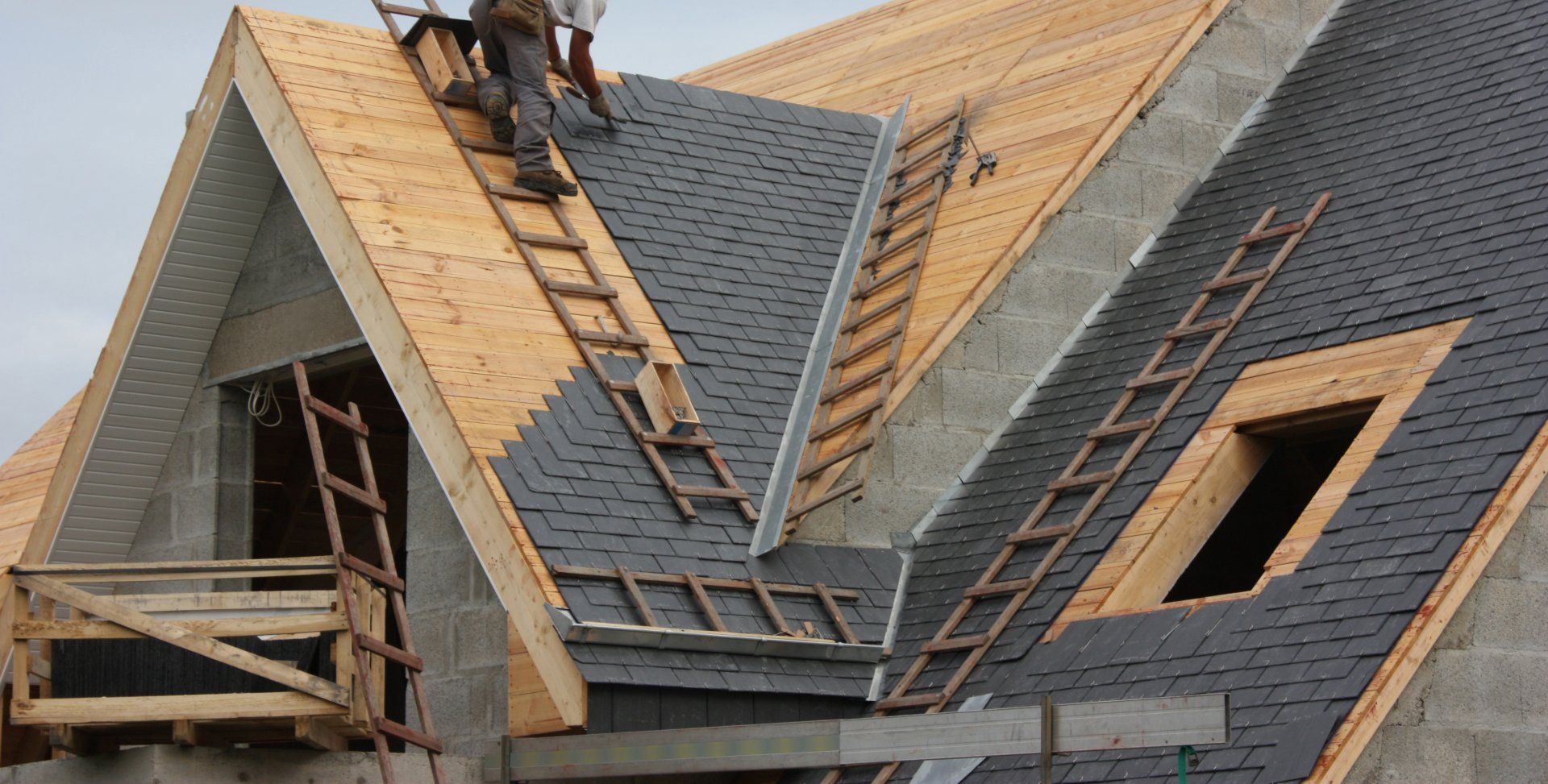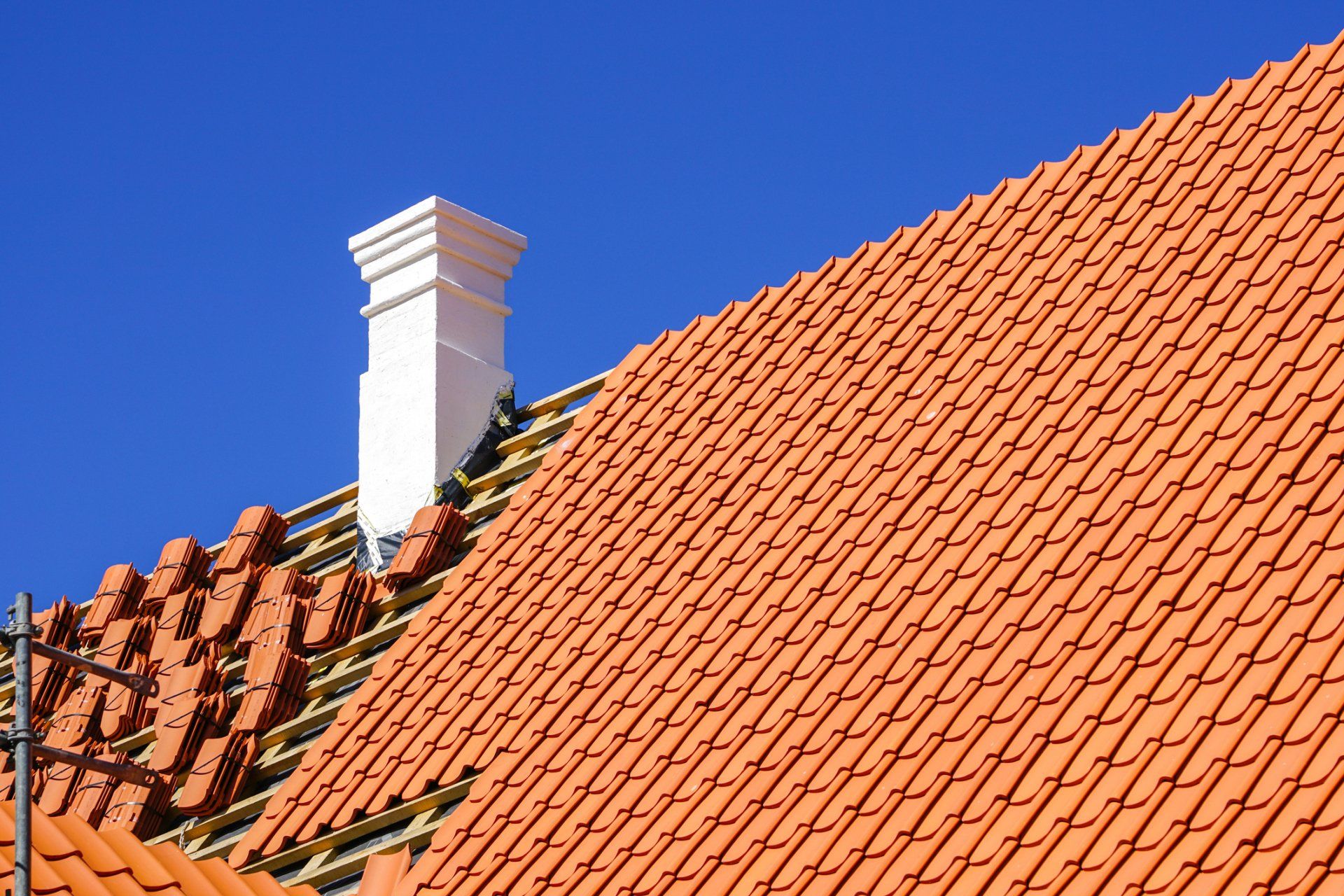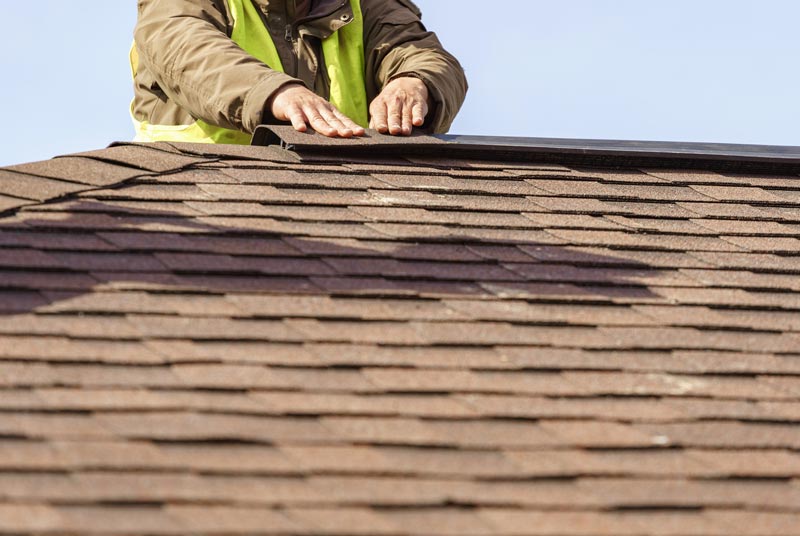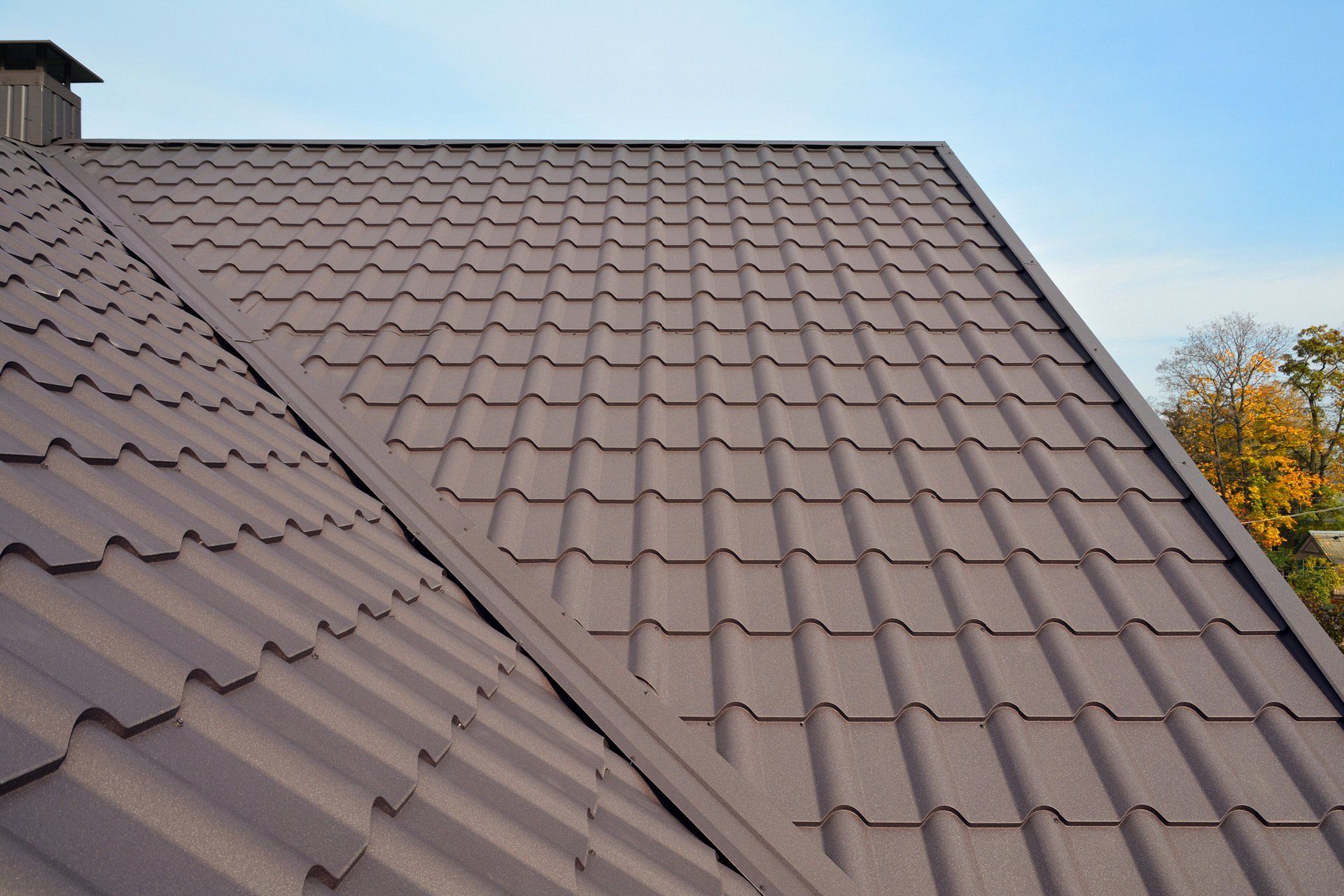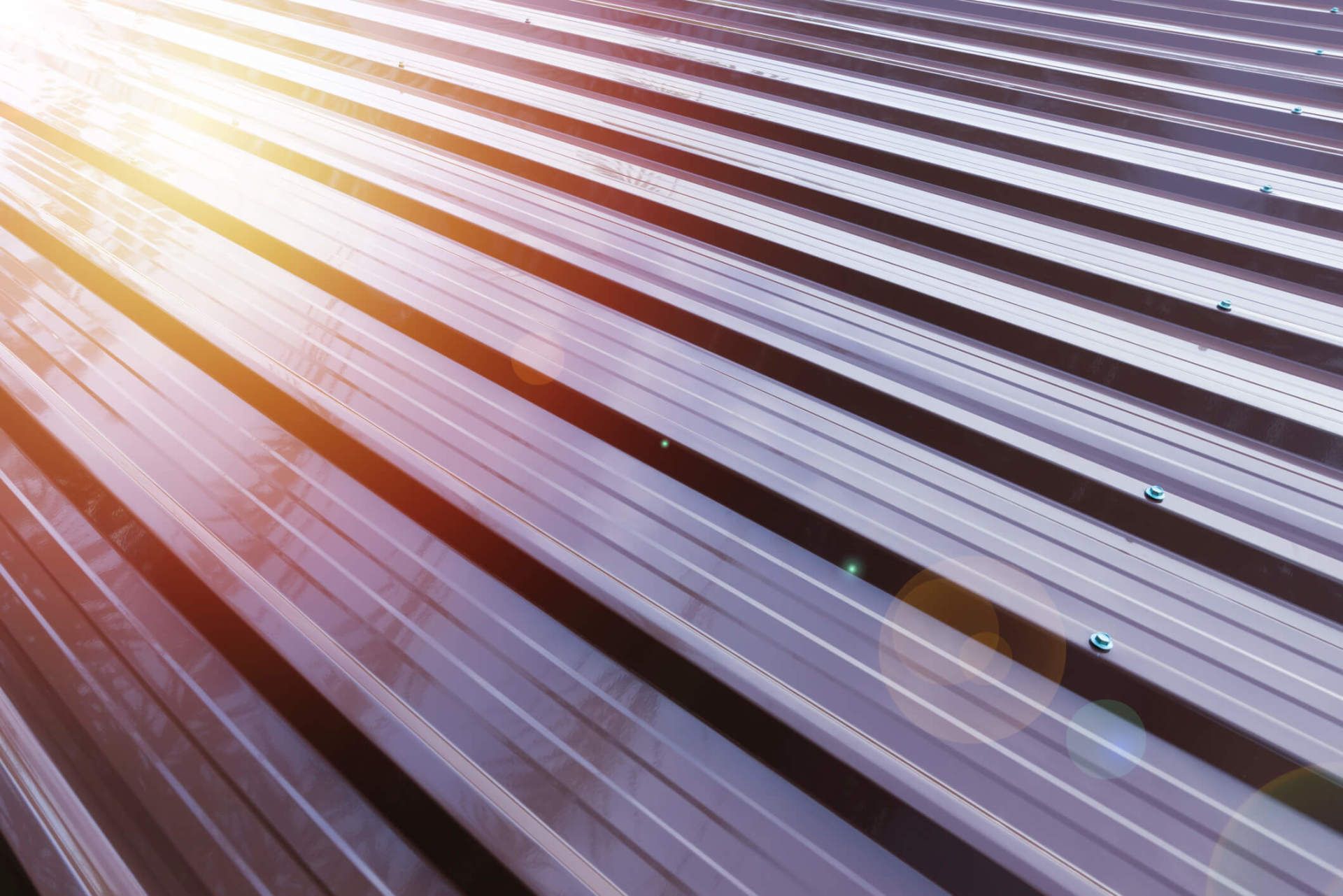Answers to Your Questions About Fiberglass Shingles
Admin • April 14, 2020
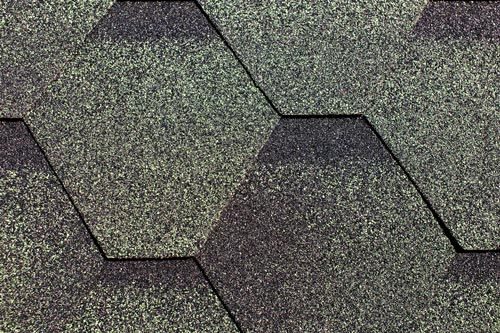
One decision every homeowner needs to make when they need a new roof is what type of material to choose. For many, the choice is to simply continue using the traditional asphalt shingles on their home. If you like the look of your current shingles but want to try a more durable material, fiberglass shingles may be the answer. The following can help answer your questions about fiberglass shingles.
How Do Fiberglass Shingles Differ From Asphalt Shingles?
A traditional asphalt shingle consists of alternating layers of asphalt and roofing felt, topped by a final layer of gravel. The asphalt and felt layers shed water, while the gravel protects the shingle from weathering.
Fiberglass shingles don't have the felt layer; instead, they have a highly durable fiberglass mat between the two layers of asphalt. Fiberglass breaks down more slowly than traditional felt, so the result is a longer-lasting shingle in most conditions.
Are Fiberglass Shingles Expensive?
Prices vary regionally, but, on average, fiberglass shingles cost between $100 and $300 per roofing square to install on the roof. Traditional asphalt shingles cost an average
of $170 and $400. Overall, the cost difference between the two options is very small, so it makes financial sense to opt for the more durable fiberglass shingles for most home roofing projects.
What Is the Average Lifespan of Fiberglass Shingles?
A lot of factors impact shingle lifespan, such as weathering and ongoing maintenance, but overall, you can expect a fiberglass roof to outlast an asphalt shingle roof. The average lifespan
of fiberglass shingles is 25 years or more, while asphalt shingles have an average lifespan of 15 years. Inspecting the roof frequently and repairing damage as it happens can further extend the life of your fiberglass shingles.
Should I Have Any Installation Considerations?
Fiberglass shingles are installed in the same manner as asphalt shingles. Your roofer will remove the old shingles, inspect and repair any damage to the decking, and then install the new fiberglass shingles and flashing.
One major benefit of fiberglass shingles is that they are lightweight compared to asphalt shingles because they do not contain the heavy felt layer, so they are easier for a roofer to install. This means that your installation may progress much more quickly.
Does the Climate Affect Fiberglass Shingles?
Cold weather can have deleterious effects on fiberglass shingles. Frequent exposure to cold weather can result in cracking and warping due the thinner nature of these shingles when compared to traditional asphalt. Fortunately, cold weather concerns are not an issue that tends to affect roofs in Florida.
Are There Any Benefits Specific To Fiberglass Shingles?
Fiberglass provides some fire resistance due to the glass fibers used in the shingle construction, an important benefit when considering the safety of your family. Asphalt shingles are more likely to ignite if exposed to flame. The non-porous nature of the fiberglass also makes the shingles shed moisture better than asphalt, a must in the humid and wet climates of central Florida.
What Appearance Options Are Available In Fiberglass?
Fiberglass shingles come in nearly every color and design option that one can find in asphalt shingles. You can find the shingles in a range of colors, including light colors that reflect heat, so finding a complement to your siding shouldn't be a concern.
Fiberglass shingles also come in the common three and two tab styles that one finds in asphalt options. You can even purchase architectural fiberglass shingles, which have varying granule colors to provide more depth to the appearance of your roof.
Contact
Whittle's Roofing Co., Inc., for more assistance with the installation of a new fiberglass shingle roof.
